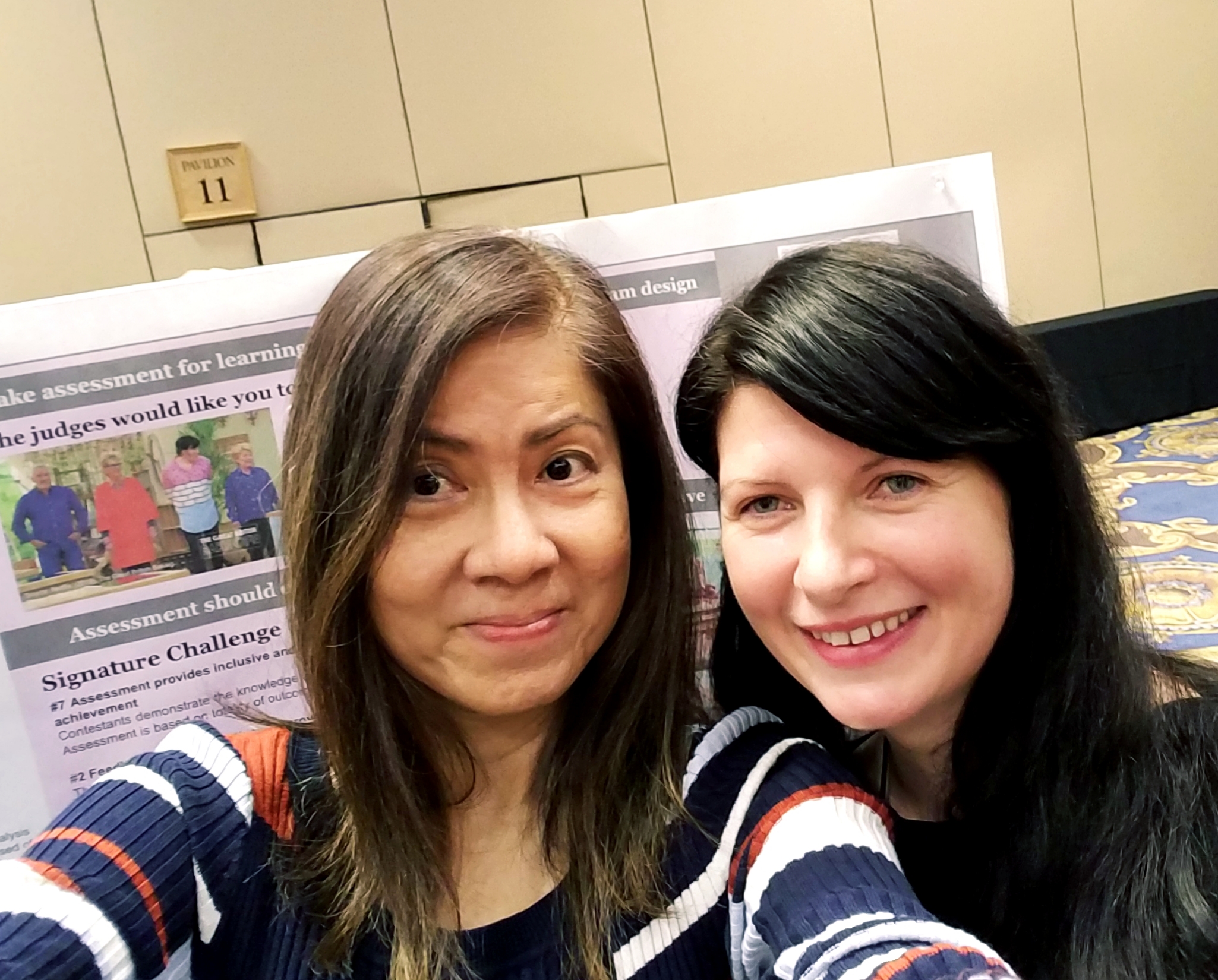Lecture Video Speed Control

I enrolled in a post-graduate diploma program in November 2018. Taking courses as a learner allows me to see how other folks design their courses. The instructor does a great job of teaching. However, the speed control feature was missing from the Vimeo videos. I wrote to the support desk to inquire because I usually watch/listen to lecture videos at 1.25 to 1.5 speed. The support person came back with this:
Having a speed control may lead to participants missing out some key information shared by the faculty. Hence we have not added the speed control feature for our online courses.
What??? The ID in me of course had to say something. I emailed back:
Every learner learns in a different way. Some learn faster and some slower. Having the speed control feature empowers the learner to take control of his/her own learning — some can slow down the speed to listen better, we shouldn’t just think only of how it affects those who want more speed. In modern learning science theory, being learner-centered is the way to go. Increasing the speed of the videos doesn’t mean the learner will not learn. That’s not true for every learner. I hope you reconsider this decision for future videos. Thanks!
Just to add: By implementing this one-speed rule, you are forcing all your global learners, who come from different parts of the world, with maybe English as a non-native language, to learn ONE way. One size does not fit all. Please reconsider your instructional design approach.
They wrote back again:
I have forwarded this to the relative department and requested them to look into it and figure out a solution. Alternatively, you can also refer to the video transcripts in case you want to speed up your learning. Video transcripts are present at the end of every module in the Additional Resources Tab.
I was expecting a miracle. They would not budge. I’m resigned to playing out the f-u-l-l video at a painstakingly slow pace. Although I could read the transcripts, they were not accurate nor punctuated properly. I’m still enrolled in the course because I’ve paid for it, but I have reservations about other facets of the course design too, which I will write about later. Hanging in there.



4 Comments
Kevin Hodgson
Interestingly … yes, I do use speed control (just recently, with Stephen Downes, and the ELearning 3.0 adventure, I always sped him up to 1.25 .. hope he didn’t mind talking faster than usual). Not even giving folks an option seems crazy. As if you are not an adult who can make choices about issues like this. I’m glad you wrote what you did to them as I suspect many learners will just look, notice the loss of option and shrug shoulders.
Yin Wah Kreher
Kevin, I feel like my voice is not heard because this is a 9-month program. But for the sake of the future program, I hope someone will reconsider this decision for the next iteration. One of my classmates mentioned this to me when I raised it to her, but no one else seems to think this is a big deal.
Wendy
I have not used video speed until recently. At ASCILITE conference the keynote replayed a section of an instructional video at nearly 2.0….to the untrained ear it was unintelligible but she said that is what many students listen to. It as pointed out that for the lecturer, it’s important to be aware of tonal variations as this is amplified when sped up. A rise in tone (universal?) indicates the more important or exciting bit.
On another level (post grad study) this is also important because feeling as if ‘you are heard’ is critical for future learning.
We can’t speed up the reading of a poorly written transcript, they totally missed the point there.
Yin Wah Kreher
That’s a good point, Wendy.
I understand the concerns of the course developer, but my request was made for learners as a diverse whole, we can slow down or we can speed up. As an experienced learner, I know I’m able to adjust my listening speed to moments when I best need those adjustments. But when there is no option to adjust, learners like me feel oppressed.